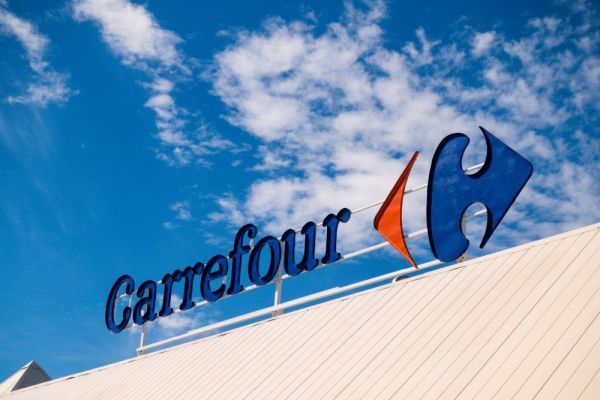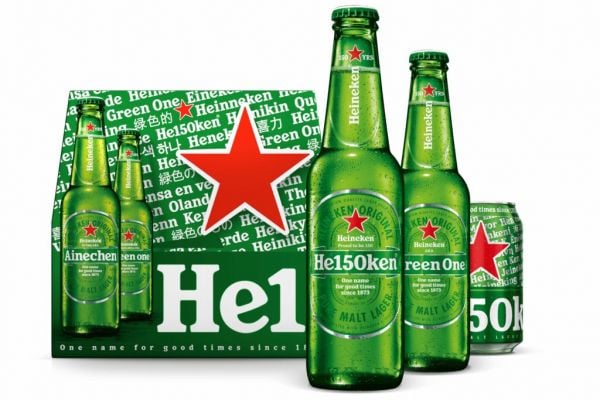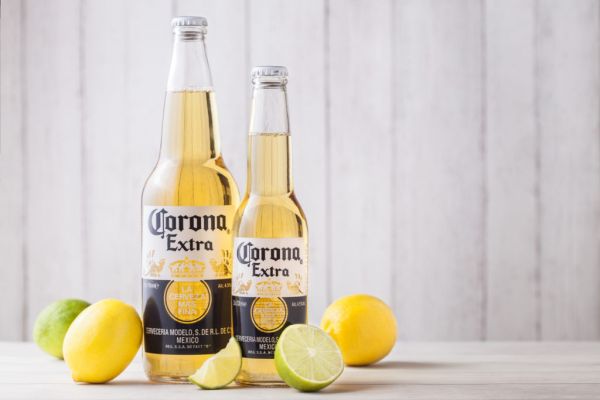KKR & Co.’s spurned $2.9 billion offer for Treasury Wine Estates Ltd., owner of the acclaimed Penfolds label, raises an intriguing question: How does a publicly traded vintner juggle quarterly earnings targets with producing some of the world’s finest wines?
Treasury is in play four months after the Australian company, the world’s second-biggest listed winemaker, installed Mike Clarke as chief executive officer. The former Kraft Foods Group Inc. executive was brought in to start an efficiency drive after Treasury’s net income fell to A$42.3 million in the 12 months through June 2013 from A$89.9 million the previous year.
Treasury has struggled with oversupply problems in the US and a government austerity drive that’s curbing sales in China. At the same time, Australian wine exports fell 6 per cent to 677 million litres in the year ended March, according to the government. That partly reflects the Australian dollar’s 20 per cent gain against the US dollar in the past five years, and a greater focus on higher-priced wines in preference to the mass market.
“We are publicly traded, so a return for our shareholders is very important,” Penfolds Chief Winemaker Peter Gago said in an interview in London. “But not at the expense of wine quality, not at the expense of style separation and differentiation; that isn’t in tune with our objectives.”
CEO Clarke has said that he’s open to talks with buyout firm KKR or other investors. The potential of the vintner’s top brands may attract rivals such as Paris-based Pernod Ricard SA or Constellation Brands Inc., headquartered in New York, according to Sydney-based White Funds Management.
Prime Vineyards
Possibly up for grabs is a winemaker with a rich ancestry. Founded in 1844 by Christopher Rawson Penfold, an emigre doctor from England, and his wife Mary, the Penfolds business has grown to encompass boutique wines from prime vineyards across South Australia, including its flagship Grange shiraz selling for upwards of $500 a bottle for top years.
Following a flurry of acquisitions in the past three decades, Penfolds is now in the same stable as more mass-market Treasury brands such as Lindeman’s, Rosemount Estate and Wolf Blass in Australia and Beringer Vineyards in California.
Approaching Perfection
Penfolds and its Grange wine are at the top end of the range. Grange, first produced in 1951, has built a record that led US critic Robert Parker in online tasting notes to describe it as “by many accounts the most renowned” Australian wine and its 1998 vintage as one that “flirts with perfection.”
A 12-bottle case of the 1998 is listed at London merchant Fine+Rare for £3,591 while six magnums of the 2006 vintage are priced at £7,525.
The value of Penfolds to Treasury stems from the boutique character of its wines. Melbourne-based Treasury’s vineyards worldwide cover 11,000 hectares, according to its website. Penfolds and other brands also buy grapes from third-party producers. Penfolds has vineyards in the Barossa and Eden Valleys northeast of Adelaide as well as McLaren Vale and Coonawarra to the south of the city.
Penfolds’ chief winemaker in the 1950s and 1960s, Max Schubert, visited Bordeaux during a trip to Europe to study sherry and returned to establish Grange as an experiment in long-lived wine.
Kalimna Purchase
Grange wine is made from shiraz grapes blended from multiple vineyards, a selection method similar to that employed by champagne houses when making vintage cuvees.
“Grange has been made uninterrupted now for well over half a century,” Gago said. “These are wines with that ability, that propensity to age, and they age very well, even in the lesser vintages. It’s a very definitive style, it’s a style now with a proven track record, and it’s a style that people collect.”
Penfolds bought the Auldana Vineyard and winery next to its original Magill site in 1943 and two years later acquired the Kalimna Vineyard in Barossa Valley, at that time the largest such grape-growing site in South Australia. Penfolds says Kalimna was originally planted as a vineyard in about 1888 and includes century-old bush vines.
Shiraz Wines
During the 1960s Schubert established a range of wines that were designed to differ from year to year while reflecting regional characteristics and setting a recognizable house style. The range includes Bin 28 Kalimna Shiraz and Bin 128 Coonawarra Shiraz.
In the 1990s, red-wine trials led to the release of a single-region Barossa shiraz from Penfolds, labeled simply RWT and matured in French oak, while 144 trial wines were made during the development of its Yattarna chardonnay.
Other Treasury brands also have a history stretching back to the 19th century.
Lindeman’s Vineyard was set up in the Hunter Valley, New South Wales in 1843, according to the Treasury website, while Beringer Brothers Winery was established in California’s Napa Valley in 1876.
Winery Deals
Penfolds was renamed Southcorp Ltd. in 1994 and later merged with Rosemount Estate to become Australia’s largest wine company. Brewer Foster’s expanded its own wine assets by acquiring Southcorp in 2005, and renamed the whole wine business Treasury Wine Estates before listing it as a stand-alone company in 2011.
Talks with KKR, which started in April, broke off when Treasury found that a shareholder had been told of the bid, forcing disclosure.
Representatives for KKR, Pernod and Constellation declined to comment when contacted by Bloomberg News.
CEO Clarke has been reviewing the company’s business, and said in an April interview he’s looking to sell underperforming brands as well as unused winery and packaging assets.
Treasury said it would take an impairment charge of as much as A$260 million in the year ending June 30 after overpayments for acquisitions, slowing sales of cheap wine and writeoffs of brands and property.
The company will also change the release dates of some Penfolds vintages from March and May to October to boost sales. That will allow the bottles to be shipped during cooler weather in time for Christmas.
Asia Potential
Penfolds may also benefit as rising wealth in Asia swells a middle class with more money to spend on luxury goods. The continent, home to more than half the world’s population, accounts for about 8 per cent of Treasury’s sales.
“Wise management leaves Penfolds alone and thankfully, after 25 years with Penfolds, we’re still left alone,” Gago said. “So our pursuit, our objective is to make the best wine possible. You need resource, you need money, you need backing, you need patience, and thankfully we’ve been given that by many different management regimes over time.”
Apart from winemaking, Gago also travels extensively meeting clients and marketing the wine. His interview in London last month, coinciding with the city’s annual wine fair, was sandwiched between a trip to Manhattan and a visit to Beijing for a recorking clinic.
“The business end, I keep away from,” Gago said. “I’m just a humble winemaker, but it’s all about sustainability, it’s all about an adherence to style.”
Asked about the outlook for a KKR bid and whether an eventual change of ownership would make any difference to the way he does his job, Gago replied: “Ideally not, but who can predict?”
Bloomberg News edited by ESM














